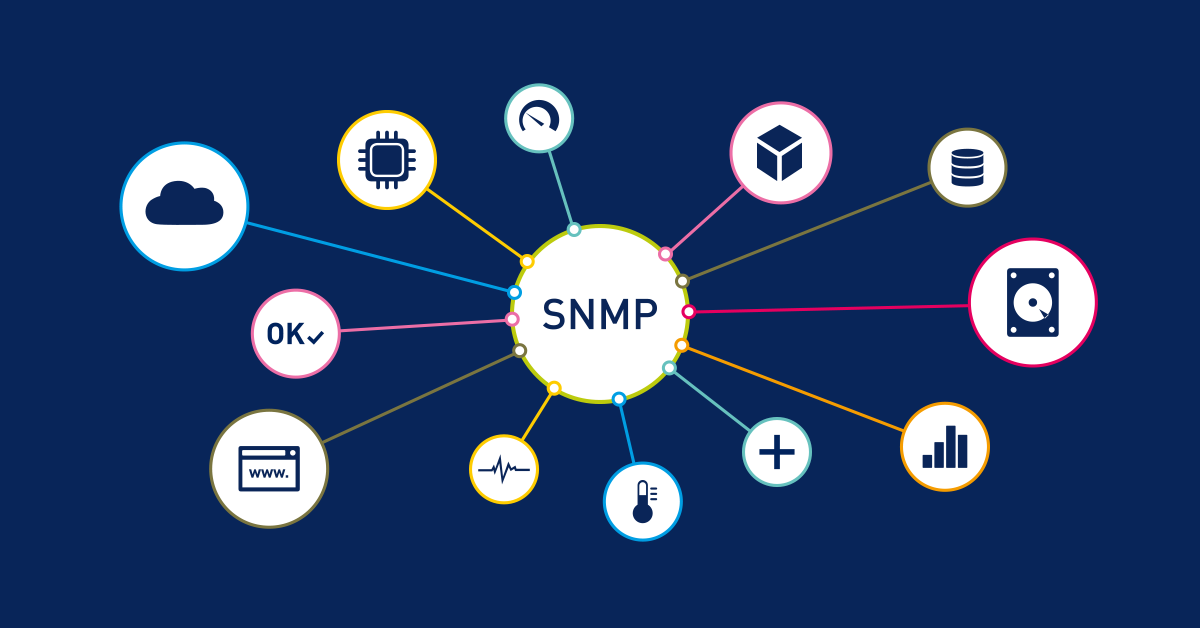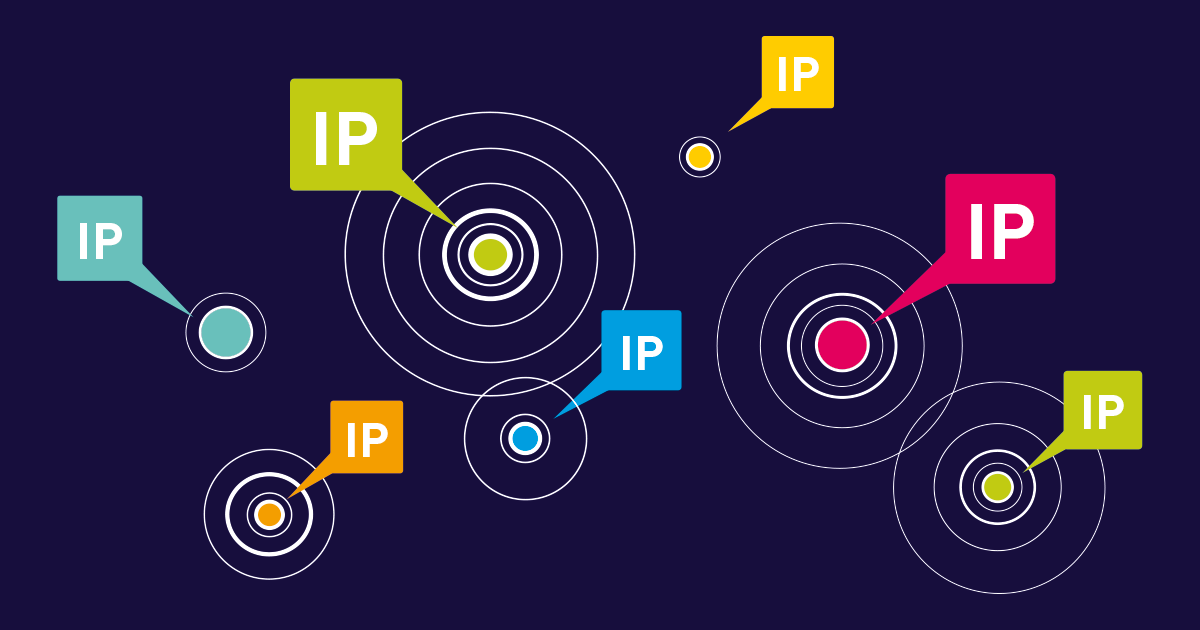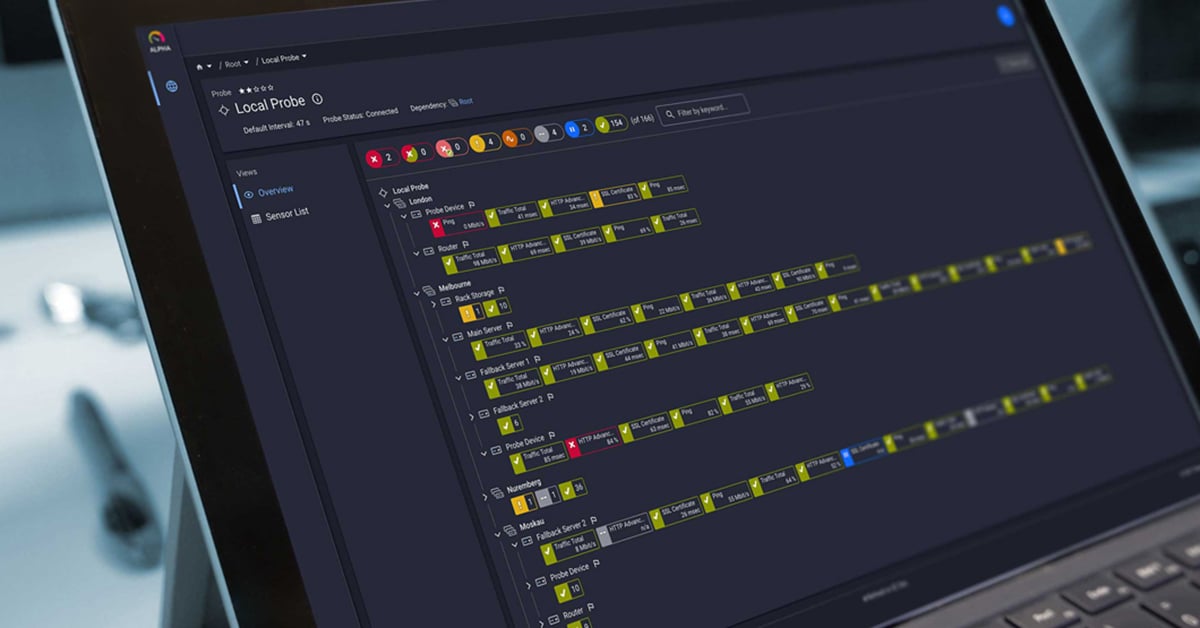The Simple Network Management Protocol (SNMP), that has accompanied IT professionals for decades, is available on a large number of devices and solutions including Cisco network equipment. This is great because it's one of the most basic technologies for monitoring and other network management tasks. Although SNMP won't fix the internet for you, you won't come across SNMP if you are a system administrator and responsible for IT infrastructure.
SNMP configuration is critical for network administrators that want to remotely monitor devices on their networks and keep an eye on bandwidth consumption. This step-by-step guide on how to configure SNMP will walk you through the setup process, whether you're just getting started with SNMP or already have SNMP in place and are working to get things configured correctly. Detailed instructions for all major operating systems and all platform use cases are included.
There are a number of important things to keep in mind when configuring SNMP for network monitoring and device management. First things first: Enable SNMP! We'll show you how to enable SNMP on computers and servers running Windows, Linux, Red Hat and macOS operating systems in this article.
Prerequisites for SNMP Configuration:
- Administrative access to your target systems with appropriate permissions
- Network access between monitoring system and target devices
- Basic understanding of SNMP versions (v1, SNMPv2, SNMPv3) and their security implications
- Firewall configuration to allow SNMP traffic on UDP port 161
Overview
- Enabling SNMP on Windows
- Enabling SNMP on Windows without internet access
- Enabling SNMP on Linux
- Enabling SNMP on macOS
How to Enable SNMP on Windows (Step-by-Step Guide)
Step 1: Install SNMP
Installing and configuring SNMP service on different Windows client and server operating system versions is nearly identical. Both GUI (Graphical Unit Interface) and PowerShell can be used. We will demonstrate both options and provide technical support tips.
SNMP service is already installed on Windows operating system versions before Windows 8 or Windows Server 2012. For Windows 8, Windows 10, Windows 11, Windows Server 2012, Windows Server 2016, Windows Server 2019 and Windows Server 2022 you need to install SNMP service first.
If you are running Windows 7, Windows 8/8.1, or Windows 10 up to version 1804, you can enable SNMP via Control Panel. Here's how:
- Right on the Start Menu and then click Programs and Features.
- On the left side click on Turn Windows features on or off.
- Select Simple Network Management Protocol (SNMP) to install it and then click OK.
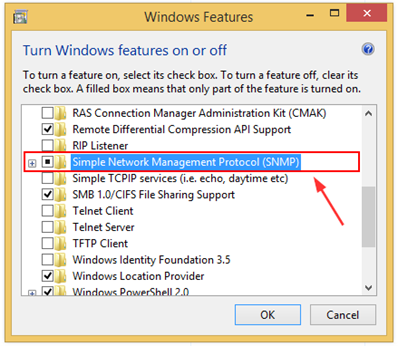
Your SNMP is installed, and you need to configure it.
If you are running Windows 10 version 1809 and onwards, or Windows 11, you can install SNMP only via PowerShell and not through Control Panel. This change was implemented because Microsoft deprecated SNMP and removed it from Control Panel. However, they still provide an option to install it via PowerShell.
- Run PowerShell as Administrator
- Type Add-WindowsCapability -Online -Name "SNMP.Client~~~~0.0.1.0" and press Enter to install SNMP.

That's it. You successfully installed SNMP.
If you are running Windows Server 2012 R2 and onwards, including Windows Server 2022, you can install SNMP using PowerShell (similarly to Windows) or through Server Manager (GUI). In this guide, we will demonstrate how to do it using the GUI interface.
- Open Server Manager.
- Click on Add roles and features.
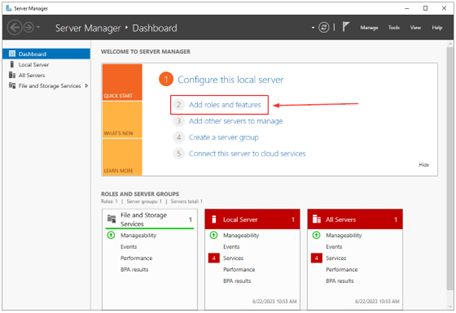
- Under Before you begin, click Next.
- Under Select installation type, select Role-based or feature-based installation and click Next.
- Under Select destination server, click Next.
- Under Select server roles, click Next.
- Under Select features, select SNMP Service, and then confirm by clicking on Add Features.
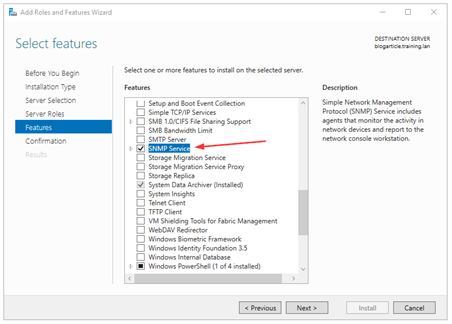
- Click Next and then, Install.
That's it! You have successfully installed SNMP on Windows Server 2022.
SNMP Security Best Practices:
Before proceeding with configuration, consider implementing these security measures:
- Use SNMPv3 when possible for enhanced security with AES encryption
- Configure appropriate security level settings
- Change default community strings from 'public' and 'private'
- Restrict SNMP access to specific IP addresses or network segments
- Regularly update SNMP credentials and monitor access logs
- Set up SNMPv3 user authentication with authpriv protocols
Step 2: Configure SNMP
After you have installed SNMP, the next step is to configure it appropriately. To do this, follow these steps for both Windows and Windows Server.
- Open the Services applet by searching for "services.msc" or entering it in the Run command.
- Navigate to SNMP Service, right click and select Properties.
- Under General, choose Automatic as startup type to have the service always running, even after turning your computer off and on again.

- Navigate to the Agent tab and check if all services listed have enabled SNMP values available for CPU and system monitoring.

- Access the Security tab and add SNMP settings - the community name (string) and IP address/host filter list as per your security compliance policy, for example, add community name "public" with rights set to READ ONLY and at a minimum allow SNMP packets from the monitoring server's address(es)..

Make sure that your SNMP agent is correctly configured to receive SNMP packets from the allowed addresses. This is very important for remote access and reliable troubleshooting of network devices and for SNMP notifications.
For advanced users: You can also configure SNMP via WMI (Windows Management Instrumentation) or through API calls for automated template deployment.
That's it! You have successfully configured SNMP on your Windows machine.
Enable SNMP on Windows Offline (No Internet Required)
To install SNMP on Windows without Internet access, you need to download the Features on Demand ISO from your VLSC account. After downloading, mount the ISO file, open PowerShell as administrator, and execute the following commands:
Dism /online /add-package /packagepath:"D:\[EnterSNMPfilename].cab"
Dism /online /Add-Capability /CapabilityName:"SNMP.Client~~~~0.0.1.0"
If prompted, reboot your Windows machine.
Lastly, configure SNMP on your machine by following the procedure described in the section Step 2: Configure SNMP.
How to Enable SNMP on Linux Distributions
Now look at how you can enable SNMP on Linux. We describe the setup process for Ubuntu, Debian, CentOS and OpenSuse.
In the first step you need to install the SNMP deamon
| Ubuntu/Debian | sudo apt-get install snmp snmpd snmp-mibs-downloader |
| CentOS/Red Hat | Sudo dnf install net-snmp |
| OpenSuse | Zypper install net-snmp snmp-mibs |
You will now find the SNMP configuration in /etc/snmp/snmpd.config. Make a backup of the original configuration file and open snmpd.config with an editor. Now set the community string.
| Ubuntu/Debian | rocommunity public |
| CentOS/Red Hat | com2sec default public |
| OpenSuse | rocommunity public |
public is the default community string that most SNMP devices listen to, compatible with SNMPv2c. Of course you can also choose a string individually. The only important thing is that the string is also the same on the devices to be queried. For testing your SNMP configuration, you can use the snmpwalk command to verify connectivity and data retrieval.
If you are using OpenSuse, the snmpd service may not be activated and started by default. In this case, activate the snmpd service so it will start on system boot with the command: systemctl enable snmpd. Then start the service with the command systemctl start snmpd.
Advanced users can configure SNMPv3 traps for proactive monitoring and set up SSH access for secure remote management.
For other Linux distributions you might have to adjust the steps mentioned above slightly.
Enable SNMP on macOS/Mac OS X
Current macOS versions include SNMP by default. You can use the basic setup assistant to appropriately configure SNMP on your Mac:
- Open a new terminal and use this command:
- sudo snmpconf -g basic_setup
Configure read-only community access for SNMP v1/v2c by answering the setup questions and start the SNMP daemon:
- sudo launchctl load -w /System/Library/LaunchDaemons/org.net-snmp.snmpd.plist
Best practice is to add your SNMP daemon to automatic startup to manage the macOS machine via SNMP in a comfortable way.
Common SNMP Configuration Issues & Solutions:
- Connection timeouts: Check firewall settings and network connectivity
- Authentication failures: Verify community strings and SNMP version compatibility
- Limited data access: Review SNMP views and access control settings
- Performance impact: Optimize polling intervals and reduce monitored OIDs
Ready to monitor your SNMP-enabled devices?
👉 Download PRTG Free Trial and start comprehensive network monitoring in minutes. Monitor up to 100 sensors free forever.
PRTG Network Monitor supports comprehensive SNMP monitoring with over 250 sensor types. Monitor traffic, hardware status, system uptime, and custom metrics across your entire network infrastructure. PRTG's SNMP sensors offer very low performance impact while providing detailed monitoring capabilities for enterprise environments.
.jpg) Published by
Published by 